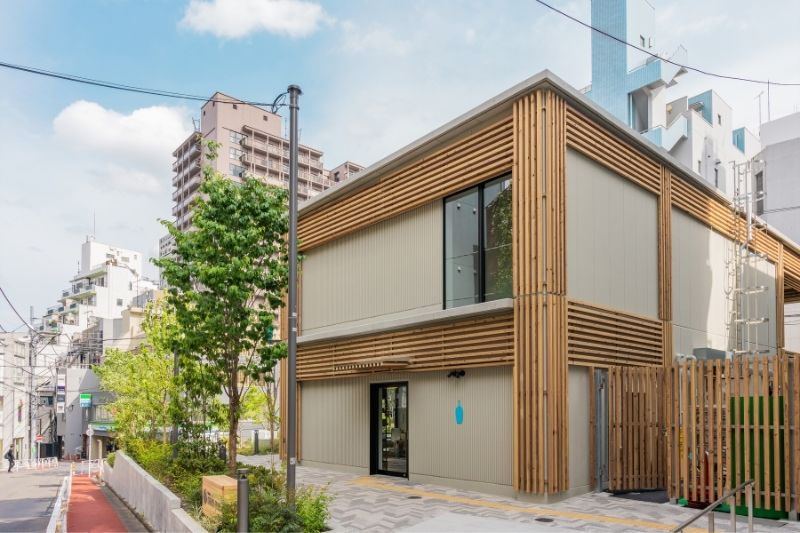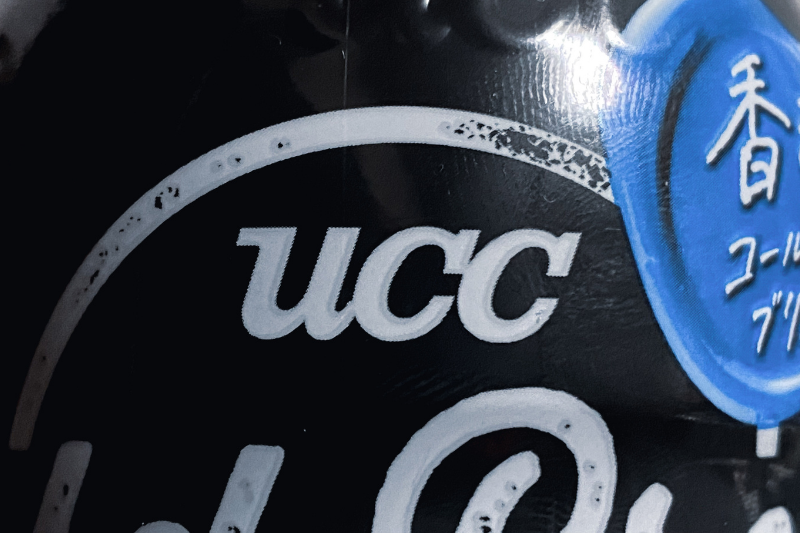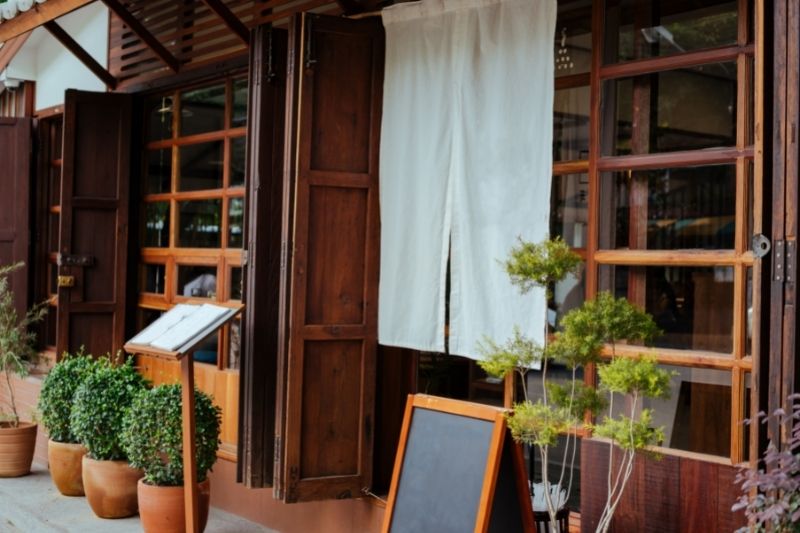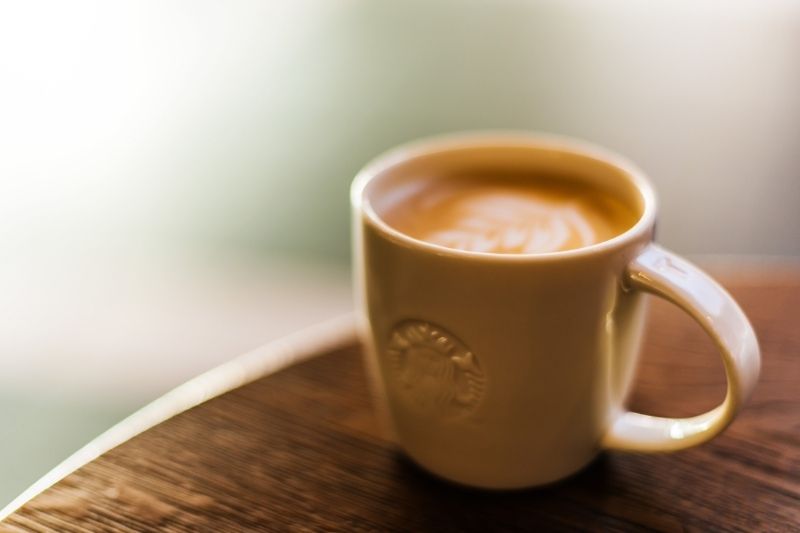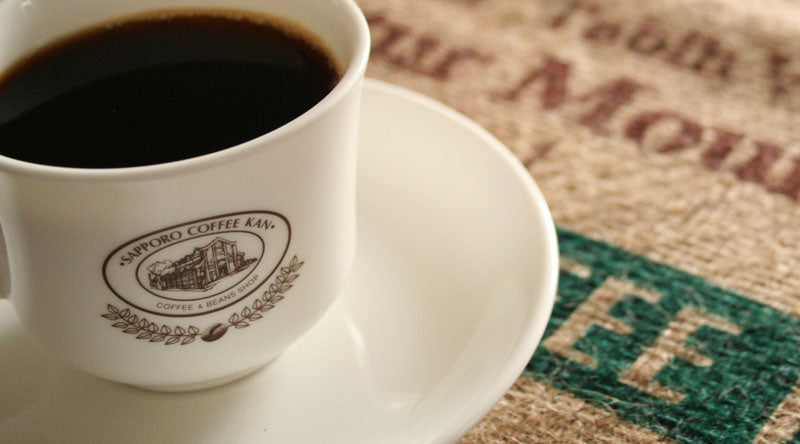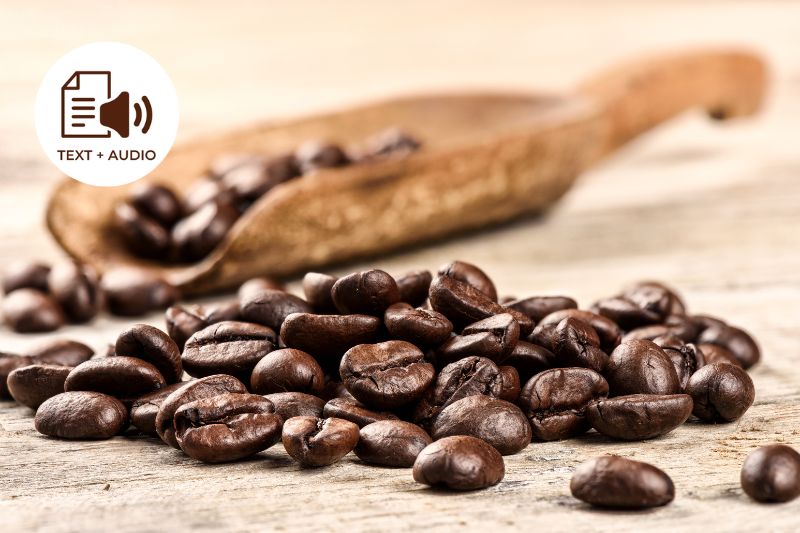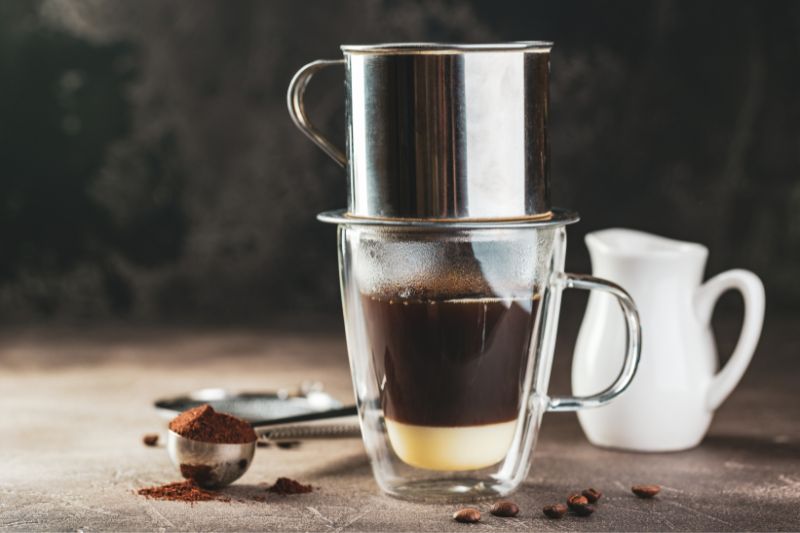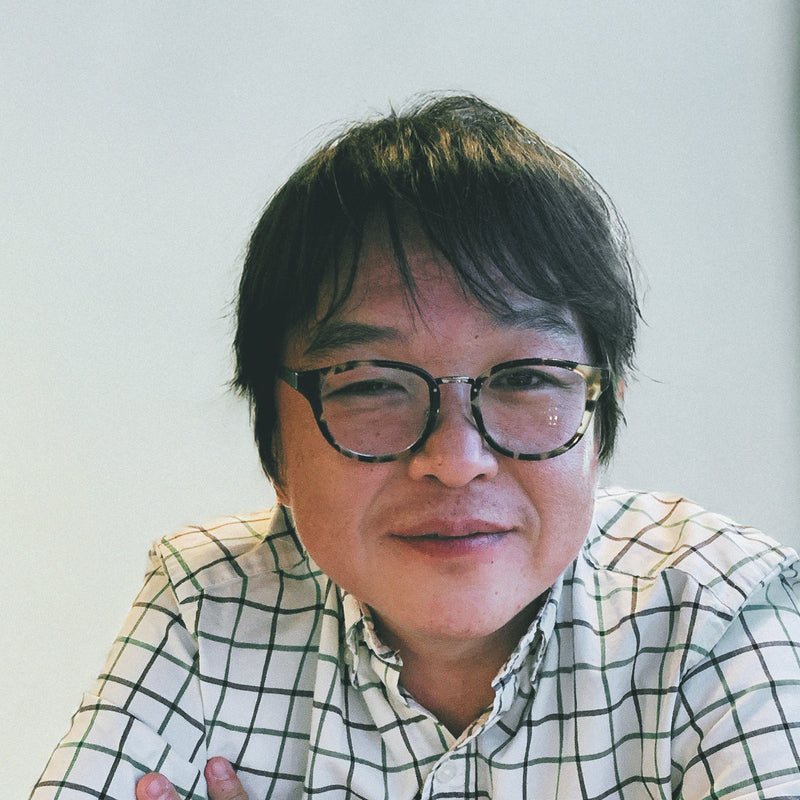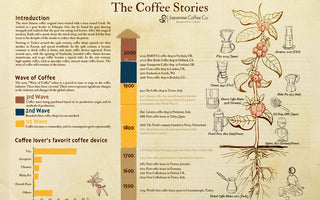In the past decade, Blue Bottle Coffee has taken the world by storm. The coffee chain is opening coffee shops in many locations all over the world and it looks like nothing is stopping them. But what’s so special about these coffee shops and what does Japan have to do with all of this? Let’s find out!

Origins of Blue Bottle Coffee
Back in 2002, when founder and CEO of Blue Bottle Coffee, James Freeman left a career as a musician to open a cafe in a small garage in San Francisco, he probably didn’t expect it would grow to be one of the most important coffee chains of the past decade.
We are no longer talking about a simple cafe, but about a whole network of cafes and partners, a meeting place for those who love good coffee. The company currently has stores on both sides of the U.S. coast a few locations in Japan, one in South Korea, and one in Hong Kong.
State-of-the-art coffee equipment, high quality coffee beans and a unique interior vibe are the main reasons why customers keep coming back and why it has become the favorite hangout spot of hipsters and techies.
When asked what inspired him to start Blue Bottle Coffee, Freeman often refers to different aspects of Japanese coffee culture. Indeed, someone who knows a thing or two about Japanese culture, in general, can tell how it has influenced Blue Bottle Coffee in more ways than one.

However, when most of us think about coffee, we don’t really think about Japan. It seems odd to talk about coffee in a country that’s stereotypically considered a place where tea takes center stage. So, let’s find out a bit more about how coffee conquered Japan.
Brief History of Coffee in Japan
The first coffee beans came into the country in 1877 when Japanese migrant workers went to Brazil to plant and manage coffee plantations. As a thank you, the Brazilian government gave Japan lots of coffee beans for 5 years.
Shortly afterward, the first traditional coffee house, the so-called "Kissaten" opened. In fact, Kissaten was the main source of inspiration for James Freeman when he decided to open his first coffee shop.
Today, Japan imports about 430,000 tons of coffee a year, ranking third in the world, just behind the United States and Germany. What’s more, many of the leading coffee companies such as Hario, Porlex, and Kalita are based in Japan and the country is famous for its talented baristas.
Not bad for a tea country! It seems that Japanese people always add elements of their unique culture to everything they do. Some of these elements are why Blue Bottle Coffee exists today.

How Blue Bottle Coffee was inspired by Japanese culture and Kissaten
When James Freeman tells the story of Blue Bottle Coffee, he often refers to Café Bach, a Kissaten in Tokyo. The Kissaten are all about one thing: staying and enjoying a cup of high quality coffee in a quiet and relaxing atmosphere.
The delicious coffee on offer testifies to the high quality of the coffee beans and the craftsmanship of the Kissaten owners. Many of these owners still roast by hand today and brew pour-overs with cloth filters, paying attention to precision.
This precision and attention to detail is a Japanese cultural element that goes beyond Kissaten shops. Japan has many valuable core concepts regarding everyday practices and today we are going to briefly talk about the ones that inspired Freeman: Kodawari, Omotenashi and Japanese Minimalism.

Picture of Blue Bottle Flagship store located at historic Ferry Building in San Francisco

Kodawari (こだわり)
Kodawari is the Japanese concept of commitment and perseverance beyond what is necessary. It is the striving for one’s own possible perfection, not in the sense of pressure to perform, but to one’s own satisfaction. It’s meeting your own standards and exceeding them by paying even more attention to detail and being present.
This concept is inextricably linked with even the smallest action. In the world of coffee, this could translate to the ultimate precision pour, the ideal grind setting that suits a certain coffee bean, the prewarming not just of the cups but also the saucers, etc.
This constant effort to exceed expectations to elevate oneself spiritually and mentally is a core concept in Japanese culture and was Freeman’s goal for Blue Bottle Coffee to represent Kodawari in all aspects of coffee preparation.

Omotenashi (おもてなし)
This word could be translated as Japanese hospitality but is more than just that. It is a complex concept of hospitality and customer service that can be experienced in a wide variety of everyday situations.
The Japanese do not differentiate between the terms guest and customer. Nor do they differentiate between customer and service provider. Omotenashi describes the Japanese understanding of refined hospitality at the very highest level.
Despite the clear distribution of roles, there is a fundamentally equal and mutually respectful relationship between guest and host. Freeman has said that Kissaten embodies the idea of Omotenashi, an idea he himself brought back to Oakland with him when he decided to found Blue Bottle Coffee.
On a side note (which has nothing to do with Blue Bottle or Coffee... sorry!), the word "omotenashi" was mentioned by French-Japanese TV Announcer Christel Takigawa on September 8, 2013, during a presentation at International Olympic Committee in Buenos Aires, which got a "buzz" worldwide. Here is a short video of that speech.
Japanese Minimalism
Japanese minimalism teaches us that less is more. Simplicity, reduction, purification and concentration form the cornerstones of traditional Japanese minimalism and are still part of the philosophy in modern times.
Today's minimalism in Japan clearly bears traces of this sense of beauty and can be found in products, in rituals of everyday life and in the interiors of houses. Freeman has said that he is influenced by the very rigorous simplicity of a lot of Japanese design elements and their focus on simplicity and quality.
If you visit any of Blue Bottle Coffee's locations, you will notice the minimalist influence. The shops have huge windows, clean lines, warm touches, and no excess decorations, thus embracing the environment and providing a simple yet elegant space for the guests.

Final Thoughts
It’s clear that Freeman already had a unique and innovative concept in mind when he founded Blue Bottle Coffee. Sticking to this concept and continuing to be inspired by Japanese culture as the chain is growing has proven a recipe for success for Blue Bottle Coffee. So, thank you Japan!
Get Free Bonus Books

Sign up for free to the Coffee Club to get advice and exclusive articles about how to choose Japanese Coffee, and tips, tricks, and recipes for enjoying Japanese coffee.
About the author
Kei Nishida
Author, CEO Dream of Japan
Certification: PMP, BS in Computer Science
Education: Western Washington University
Kei Nishida is a passionate Japanese tea and coffee connoisseur, writer, and the founder and CEO of Japanese Coffee Co. and Japanese Green Tea Co., both part of Dream of Japan.
His journey began with a mission to introduce the world to the unparalleled quality of Japanese green tea. Through Japanese Green Tea Co., he established the only company that sources premium tea grown in nutrient-rich sugarcane soil—an innovation that led to multiple Global Tea Champion awards.
Building on this success and his passion for Japanese craftsmanship, Kei expanded into the world of coffee, pioneering the launch of Japanese Coffee Co., the first company to bring Sumiyaki charcoal-roasted coffee to a global audience. His dedication to authenticity and quality ensures that this traditional Japanese roasting method, once a well-kept secret, is now enjoyed worldwide.
Beyond tea and coffee, Kei has also introduced Japan’s legendary craftsmanship to the world through Japanese Knife Co., making handmade katana-style knives—crafted by a renowned katana maker—available outside Japan for the first time.
Kei’s journey continues as he seeks out and shares the hidden treasures of Japan, one cup and one blade at a time.
Learn more about Kei

